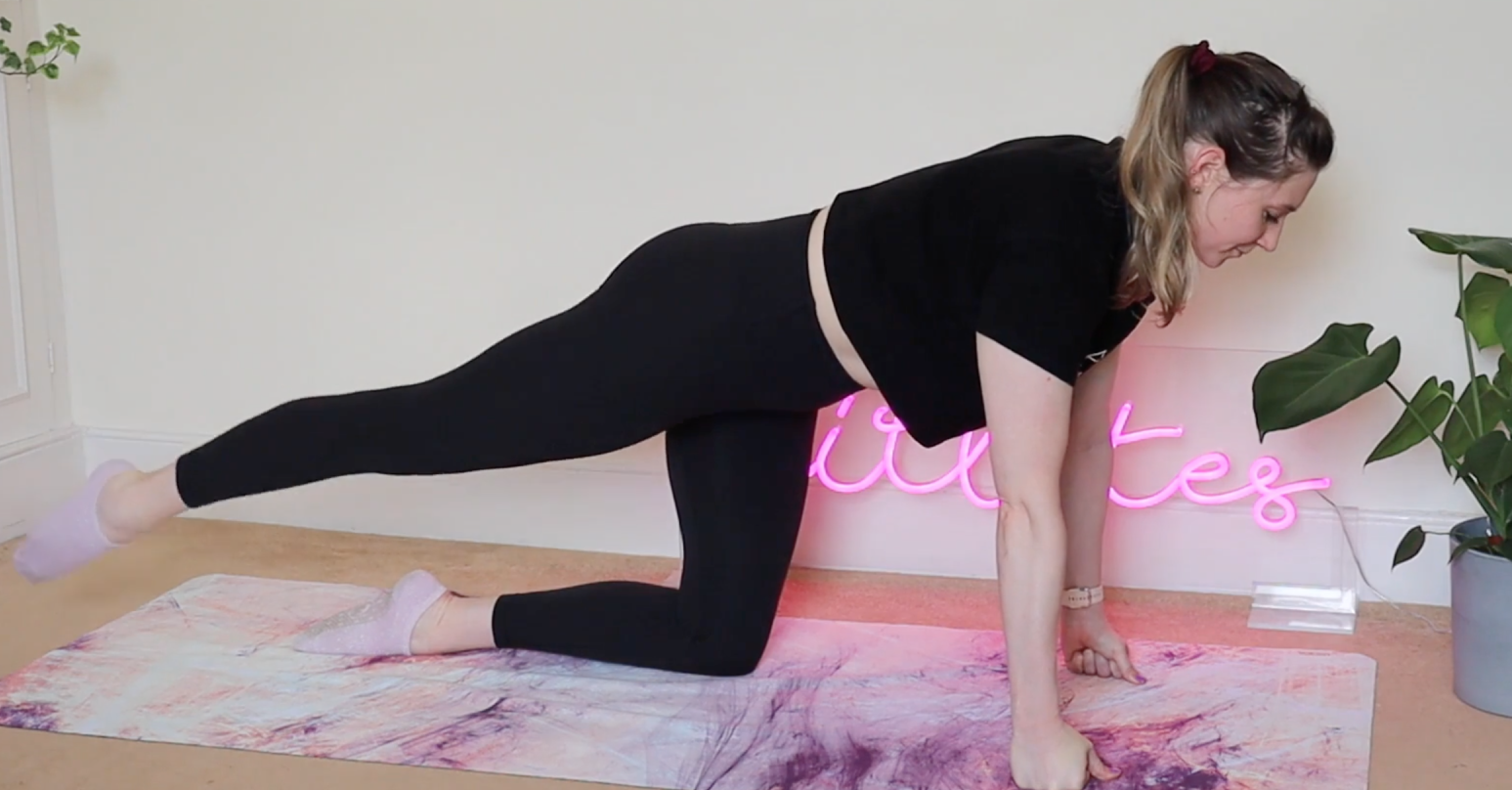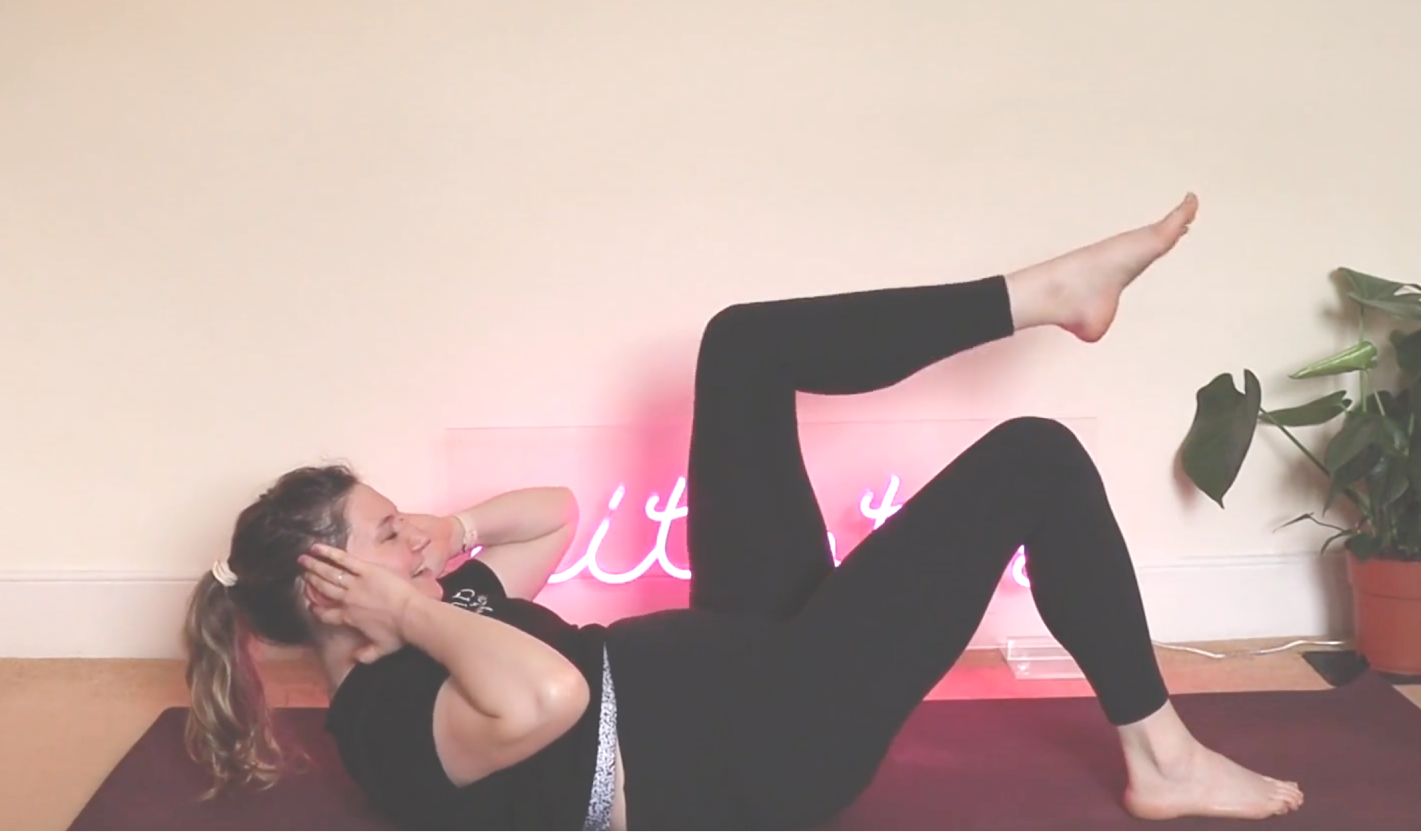Pain at some point in our lives is inevitable, but it’s not actually a normal part of aging. So it’s important to rehabilitate when you’re injured OR prevent pain from occurring. And what if pain levels go up and down during rehab? Well that’s normal too.
First of all, some pain is okay, particularly if you’re rehabilitating from injury or haven’t worked out in a while. If you are experiencing NEW pain (that isn’t a muscle “burn”), that is not ideal and is usually fixed by changing your form or position! This is why I tell you exactly how to move and where to feel each exercise. I also give easier versions of the exercise (regressions) if the harder versions (progressions) are too tough. If you’re sore the next day or two, that’s totally fine, actually good!
TAP to read my blog post about DOMS.

Have you heard the terms “movement is medicine” before? If you follow me on Instagram (
@fiitlatesbysarah), you probably have. 😂 This means that the more you move the better. Our bodies crave mobility and don’t like being still. You know when you’re sitting for a long time on a plane or train and your knee/hip/back/neck stiffens up and hurts? That’s the movement need right there. Pilates also builds strength and that helps PREVENT pain onset.
You know how licensed electricians differ from Bob next door who tried to fix your broken power socket? Pilates instructors differ a lot too. Some have more training than others and you can guarantee that all FIITLATES sessions are instructed by a Sports Physio (BSc and MSc).

Moving daily is important, we can’t forget that. Getting up from your desk hourly, stretching (mobility) in the morning or evening before sleep is so important. And this creates part of the pain-free picture. When we think about pain prevention through Pilates and strength exercise, these need to be at least 3 times weekly to see lasting changes. Worth it to be pain free? Yeah, we think so too.
It IS possible to move without pain, it just takes time and yep, exercise!



